Follow Us:

Share
The Mark VI Patrol Boat is a cutting-edge vessel designed for coastal patrol, force protection, and various security missions.
As one of the U.S. Navy’s most advanced small vessels, the Mark VI Patrol Boat is versatile, fast, and equipped with state-of-the-art technology.
In this article, we’ll dive deep into the Mark VI Patrol Boat, covering its specifications, missions, history, and much more.
The Mark VI Patrol Boat is a highly capable, multi-role vessel designed to perform a wide range of naval missions, including coastal defense, escort, and patrol operations.
Built by Safe Boats International, this boat is optimized for high-speed maneuverability, quick response, and flexibility in complex maritime environments.
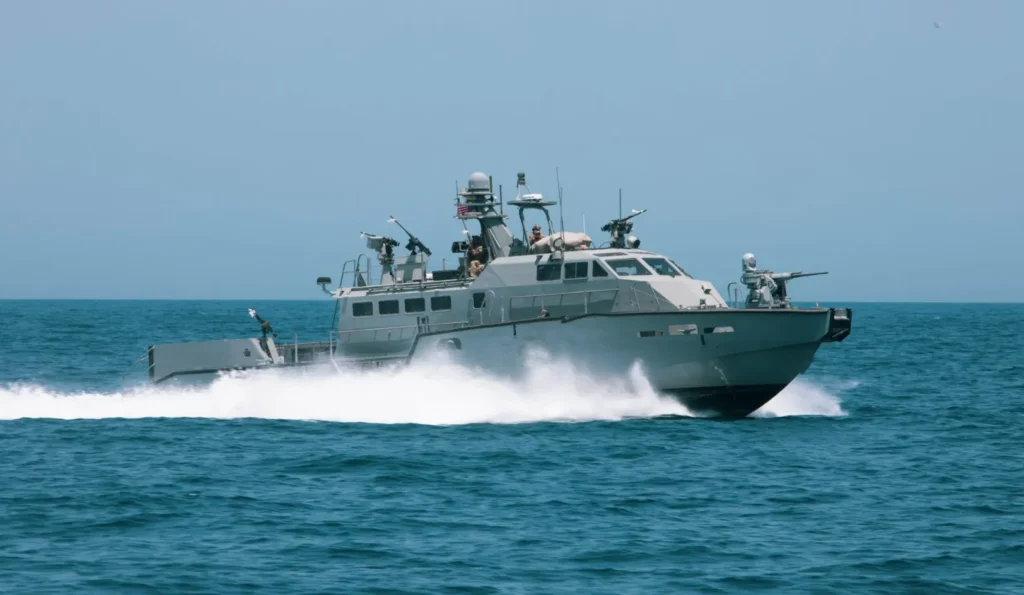
The Mark 6 Patrol Vessel is the US Navy’s latest in patrol boat technology, offering improved performance and capability over its predecessors, making it a valuable asset in safeguarding maritime interests. The boat is primarily used for patrol duties but is versatile enough to handle a wide variety of roles.
The Mark VI Patrol Boat is designed for littoral (near-shore) operations, capable of navigating coastal and shallow waters while providing force protection and performing search and rescue, surveillance, and escort missions.
One of the major highlights of the Mark VI Patrol Boat is its performance in different conditions, as well as the advanced technology embedded within the vessel. Let’s take a closer look at its detailed specifications.
| Feature | Specification |
| Length | 85 feet |
| Beam (Width) | 20 feet |
| Draft | 4.5 feet |
| Speed | 35 knots (approximately 40 mph) |
| Range | 600+ nautical miles |
| Crew Capacity | 10 crew members + 8 passengers |
| Armament | MK 38 Mod 2 gun system, .50-caliber machine guns |
| Primary Role | Coastal patrol, security, and force protection |
These Mark VI Patrol Boat specifications make it ideal for high-speed response missions and operations in shallow waters where larger naval vessels cannot operate.
The Mark VI Patrol Boat is renowned for its speed and maneuverability. Capable of reaching speeds of up to 35 knots, it can swiftly respond to potential threats or assist in search and rescue missions.
Its agility also allows it to navigate tight and shallow areas effectively, enhancing its role in littoral operations.
For protection and defense, the Mark 6 Patrol Boat is equipped with:
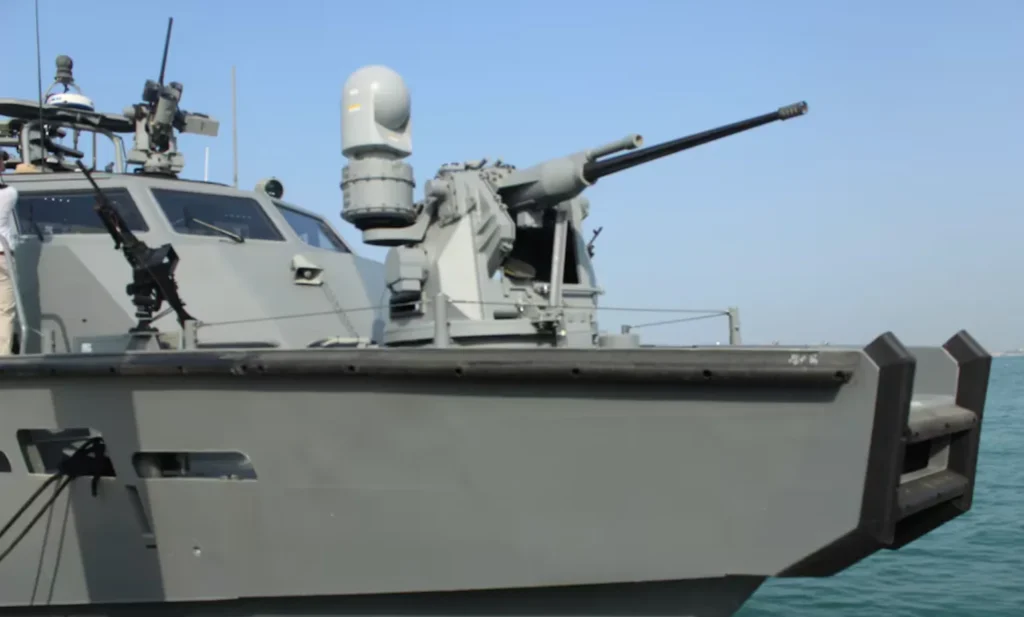
These weapons allow the Mark 6 Boat to engage in offensive operations, defend larger vessels, and provide effective force protection during missions.
The Mark VI Patrol Boat was developed to meet the growing need for a fast, versatile, and modern patrol craft that could operate in coastal waters and provide a wide range of security capabilities.
Its creation stemmed from the U.S. Navy’s goal to replace aging vessels with a more advanced and adaptable boat, capable of performing multi-mission roles.
Prior to the Mark VI, the U.S. Navy relied on older patrol boats, such as the Mark V Special Operations Craft, which were designed for high-speed special operations missions but lacked the versatility and technological advancements required for modern maritime security challenges.
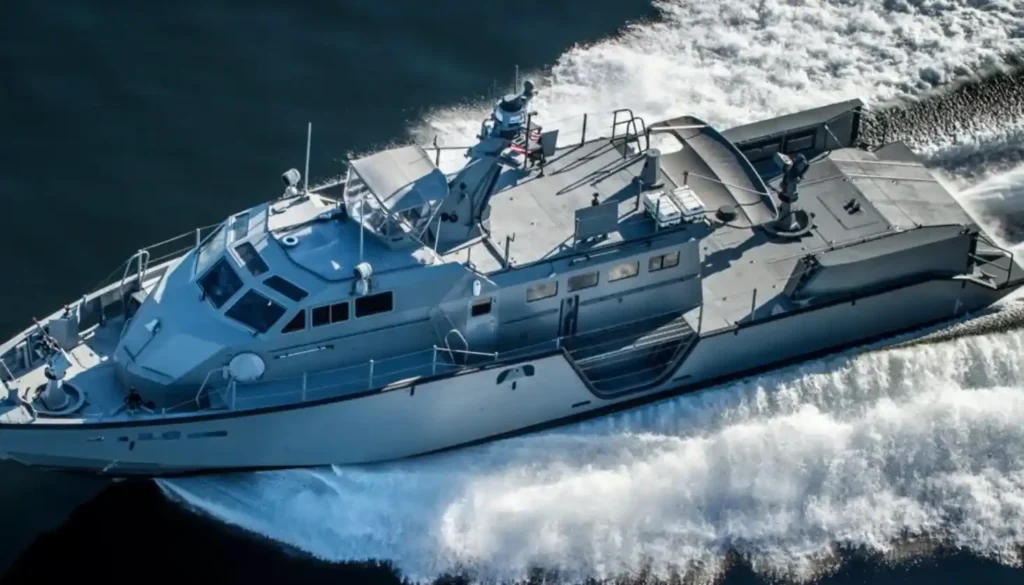
The Mark VI Patrol Boat was designed to fill this gap by offering a platform that could conduct not only force protection but also maritime interdiction, search and rescue, and escort missions.
The increasing complexity of littoral (nearshore) threats, including piracy, terrorism, and smuggling, required a boat that could quickly respond and operate effectively in shallow waters.
The Mark VI Patrol Boat became the answer to this need, bringing improved speed, armament, and multi-role capabilities.
The Mark VI Patrol Boat was designed and built by Safe Boats International, an American company based in Washington state.
Safe Boats is known for constructing durable, high-performance vessels for the military, law enforcement, and first responders.
The MK VI Patrol Boat represents one of their flagship products, combining state-of-the-art design with the latest technology in patrol boat construction.
The Mark VI Patrol Boat was first deployed by the U.S. Navy in 2015. This deployment followed extensive testing and evaluation to ensure the boat met the Navy’s rigorous standards for speed, durability, and mission versatility.
Since its introduction, the Mark VI Patrol Boat has been used in various naval operations, particularly in the Middle East and coastal regions around the globe.
As of 2023, 12 Mark VI Patrol Boats have been built and deployed by the U.S. Navy, with plans for additional boats to be constructed to enhance the Navy’s patrol and escort capabilities.
The Mark VI Patrol Boat is designed to perform a broad range of missions, making it one of the most versatile vessels in the U.S. Navy’s fleet. Its mission sets include everything from coastal patrol and security to humanitarian efforts and anti-smuggling operations.
The Mark VI Patrol Boat excels in patrol and surveillance roles, allowing it to monitor coastal areas, harbors, and sensitive maritime zones.
The boat’s advanced radar and optical systems provide real-time data on surrounding activities, ensuring that any unauthorized or suspicious vessels are detected quickly.
One of the primary roles of the Mk VI Patrol Boat is force protection, where it acts as a guard vessel to defend larger Navy ships, particularly in littoral zones or when transiting through narrow straits.
The boat’s speed and armament make it ideal for this role, as it can deter potential threats or engage enemy vessels if necessary.
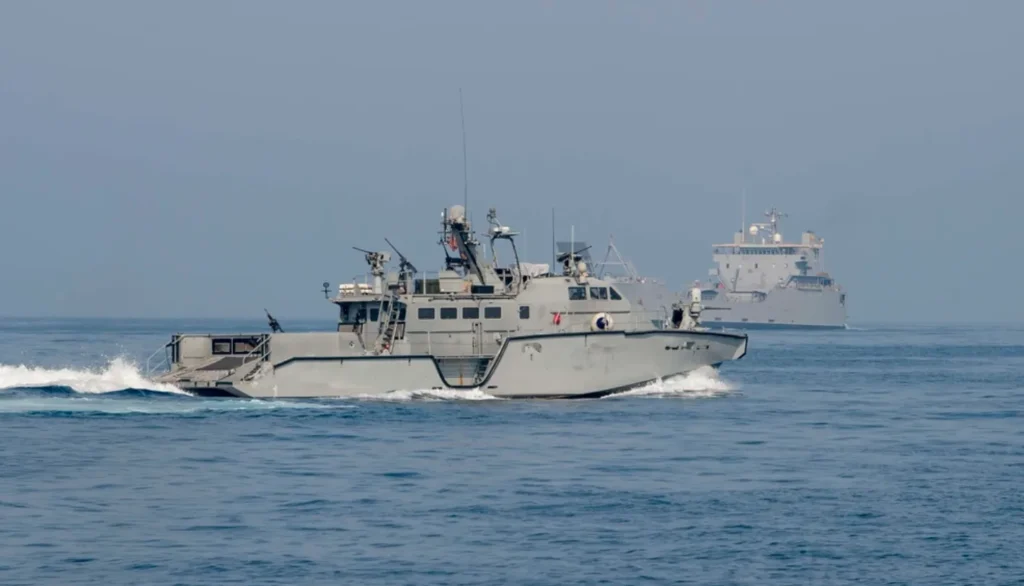
The Mark VI Patrol Boat is also used in search and rescue operations (SAR), thanks to its speed and capability to operate in coastal and near-shore environments. Its design allows it to respond quickly to distress calls, making it an invaluable tool in life-saving missions.
In emergencies, the Mark VI Patrol Boat can carry up to 8 passengers in addition to its crew, allowing for the evacuation of individuals from dangerous areas.
Beyond military operations, the Mark VI Patrol Boat plays a significant role in maritime law enforcement. The boat is often used in anti-smuggling operations, helping to intercept vessels carrying illegal drugs, weapons, or contraband.
Its ability to operate in shallow waters and at high speeds gives it a tactical advantage in tracking down and intercepting smugglers.
The Mark VI Patrol Boat offers several advantages over its predecessors and other naval patrol craft. These advantages make it a preferred choice for the U.S. Navy and potential international partners.
One of the standout features of the Mark VI Patrol Boat is its high speed and agility. Capable of speeds up to 35 knots, the boat can quickly respond to a wide range of threats and situations. Its shallow draft (just 4.5 feet) allows it to operate effectively in coastal waters, where larger ships cannot.
The Mark VI Patrol Boat is designed to perform a wide variety of missions, from coastal patrol to humanitarian assistance. This makes it a highly versatile platform that can be deployed in numerous situations, from combat operations to search and rescue.
The Mark VI Patrol Boat is equipped with cutting-edge technology, including advanced sensors, communication systems, and weapons control systems. This technology allows the boat to operate in a networked environment, providing real-time data and coordination with other naval assets.
Compared to larger naval vessels, the Mark VI Patrol Boat is relatively inexpensive to operate and maintain. Its small size and fuel efficiency reduce operational costs, making it a cost-effective solution for a variety of missions.
The Mark VI Patrol Boat has been deployed in various regions across the globe, supporting U.S. Navy operations as well as missions involving allied nations. Its design makes it an ideal vessel for operations in littoral zones, coastal waters, and harbors, where larger ships cannot operate efficiently.
The U.S. Navy primarily uses the Mark VI Patrol Boat for operations in strategic maritime regions, particularly in areas prone to piracy, smuggling, and terrorism. These boats are often deployed to safeguard shipping routes, provide force protection, and conduct surveillance missions.
Some notable regions where the Mark VI Patrol Boat has been actively deployed include:
While the Mark 6 Patrol Boat is primarily used by the U.S. Navy, it has garnered interest from international military forces.
Several nations, particularly allies of the U.S., are considering adding this versatile patrol boat to their fleets to strengthen their coastal defense capabilities.
Some countries in the Middle East and Southeast Asia have expressed interest due to the boat’s maneuverability and multi-role capabilities.
Although the Mark VI is not yet widely sold to foreign militaries, it remains a potential option for future foreign military sales (FMS).
In addition to military operations, the Mark VI Patrol Boat is also used in humanitarian missions. It can deliver aid to remote coastal regions, assist in disaster response efforts, and perform evacuations.
Its speed and capacity to carry passengers make it an excellent choice for rescue operations following natural disasters.
The Mark VI Patrol Boat stands out from other vessels in its class due to its advanced technology, speed, and versatility. However, it’s important to understand how it compares to other patrol boats, especially in terms of performance and capabilities.
The Mark V Special Operations Craft was the predecessor to the Mark VI and was primarily used for special forces insertion and extraction missions.
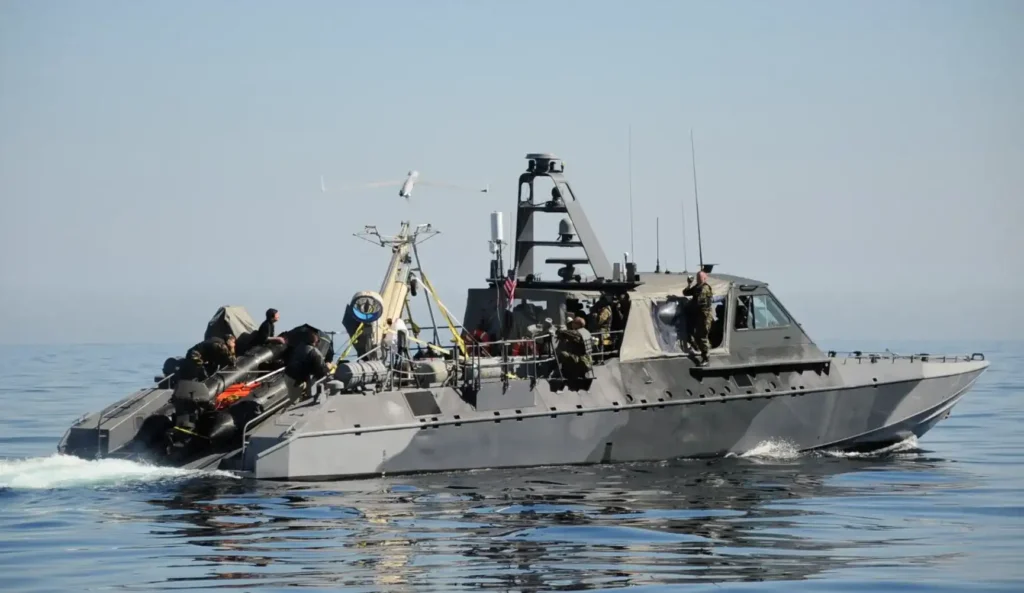
While the Mark V was a highly capable vessel in its own right, the Mark VI Patrol Boat offers significant upgrades, including:
The Cyclone-class patrol boat is another well-known patrol craft used by the U.S. Navy. However, there are distinct differences between the two vessels:
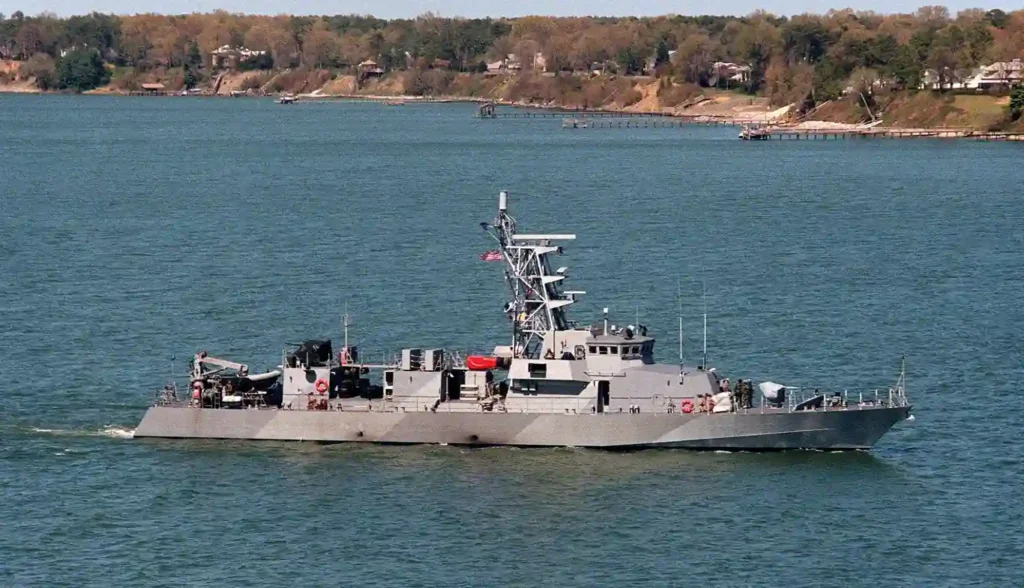
What truly sets the Mark VI Patrol Boat apart from other vessels is its ability to perform a wide variety of missions in littoral zones.
While many patrol boats are designed for specific functions, the Mark VI is highly adaptable and can easily switch between different mission profiles. Its combination of speed, maneuverability, and advanced technology makes it a critical asset for modern naval operations.
The Mark VI Patrol Boat is expected to play a significant role in the future of U.S. Navy operations, as well as in the navies of allied nations. Its versatility, cost-effectiveness, and advanced capabilities make it a vital platform for patrol and security missions in a variety of environments.
As technology advances, the Mark VI Patrol Boat will likely undergo upgrades to maintain its effectiveness in the face of emerging threats. These upgrades may include:
The Mark VI Patrol Boat is expected to remain a crucial part of U.S. Navy operations for the foreseeable future. Its ability to provide force protection, escort missions, and surveillance in critical regions, such as the Persian Gulf and South China Sea, ensures that it will be in demand.
As mentioned earlier, several foreign nations have shown interest in purchasing the Mark VI Patrol Boat. Its cost-effectiveness, coupled with its multi-role capabilities, makes it an attractive option for smaller navies that need a high-performance patrol vessel without the cost and complexity of larger warships.
The Mark VI Patrol Boat stands out as one of the most advanced and versatile vessels in the U.S. Navy’s fleet.
Designed for a wide range of missions, from coastal patrol to force protection and search and rescue, this highly maneuverable craft plays a crucial role in modern naval operations.
Its combination of speed, advanced technology, and multi-role capabilities make it a vital asset for both military and humanitarian missions.
As the U.S. Navy continues to modernize its fleet, the Mark VI Patrol Boat will remain a key player in littoral operations, ensuring the protection of coastlines, harbors, and shipping lanes.
With planned upgrades and potential interest from international military forces, the future of the Mark VI Patrol Boat looks promising, ensuring that this vessel will continue to serve its purpose effectively in the coming years.
Share
Defense Feeds is publication focusing on informing, engaging, and empowering the world by providing accurate information from defense technology.
Powered by Defense Feeds © 2025 – All rights reserved.